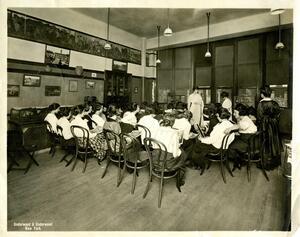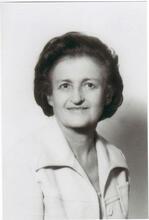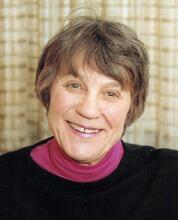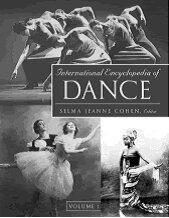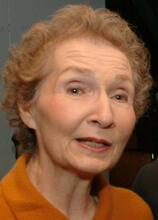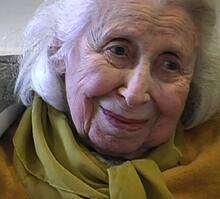Helen Tanzer
Helen Tanzer worked as translator, author, and academic in the early twentieth century. Contributing to the dissemination of classical and archaeological works, Tanzer well fulfilled the rigorous requirements of scholar and teacher. She taught Greek and Latin at Hunter College, New York, and received her doctorate from Johns Hopkins in 1929. In that same year, she began teaching classics and archaeology at Brooklyn College, where she remained until her retirement. Her pioneer endeavors may be exemplified in her role as creator and editor of Latin Visualized, a series of films with manuals. Tanzer was a fellow of the American Geographic Society and the American Philological Association, and a member of the Archaeological Institute of America.
“This book/to my students/yesterday today tomorrow.” Translated from the Latin, Helen Tanzer’s dedication of The Letters of Pliny the Younger sums up her principal contribution, namely, her legacy as an educator in classical studies.
Education
Helen Henrietta Tanzer was born in New York City in February 1876 to German-speaking Jewish parents Arnold and Ida Tanzer. She had a brother, Lawrence (b. 1874), and a sister, Edith (b. 1877). She graduated from Barnard College in 1903, with a senior thesis titled “English Usage, as shown by the Recent revision of the Bible.” She taught Greek and Latin at Hunter College, New York, and received her doctorate from Johns Hopkins in 1929. In that same year, she began teaching classics and archaeology at Brooklyn College, where she remained until her retirement. She spent much time abroad, studying at the American School of Classical Studies in Rome and working for the Belgian Information Service (1918–1919) and as editor of the Belgian Bulletin. Named to the Chevalier Order of Leopold II by Belgium, she also held the post of honorary attaché to the Belgian embassy in Washington.
As an author, her first known published work is “Juvenal on Education,” in Essays in Honor of M.B. Wilson (1922). In 1948, Tanzer received the Medal of Merit at the bicentennial celebration of the excavation of Pompeii. Her book The Common People of Pompeii: A Study of the Graffiti (1939) examines that city in the context of everyday life, thus foreshadowing the interest of students at the end of the twentieth century.
Career and Legacy
Tanzer’s most important role, however, may have been as a propagator of classical and archaeological texts through her work as a translator. Her introduction to and translation of The Villas of Pliny the Younger (1924) familiarized generations of students with these villa/garden complexes. Because Pliny’s letters describing in detail his Laurentine and Tuscan villas are the only contemporary comprehensive documents of this ancient Roman type of habitation—a prototype for Renaissance country houses—Tanzer’s modest book became an important source. Enhanced by descriptions of earlier classical references for this building type, it contains fifty-six plates showing the varied reconstructions of Pliny’s summer and winter villas. Included are the well-known plans of Scamozzi (from 1615), Félibien, Castell, Schinkel, and Bouchet. Also featured is the author’s own reconstruction with a clay model built by her students in 1912: Tanzer notes “with unbecoming lack of modesty [that it is] in every respect much better than that made by any other student of Pliny . . . [drawn] from the text alone.” Refreshing too is Tanzer’s critique of Schinkel’s 1841 perspective for introducing “gratuitously, features which were not mentioned in Pliny.” Almost as useful to the student is Tanzer’s edition of The Letters of Pliny the Younger (1936), which was designed to serve as a companion guide to the author’s epistles.
Tanzer’s literary skills were not limited to classical languages, as is evident in her translation from the German of Erasmus’s In Praise of Folly (1931) and her introduction to the facsimile edition of the work, with Holbein’s marginal drawings. She also translated Christian Hüelsen’s first edition of The Forum and the Palatine (1928). Despite the plethora of documentation on the latter subject in the decades since, this small volume with its sixty-five plates and folding plan still serves as a valuable compendium of the complicated history and topography of these sites.
Contributing to the dissemination of classical and archaeological works, Tanzer well fulfilled the rigorous requirements of scholar and teacher. Her pioneer endeavors may be exemplified in her role as creator and editor of Latin Visualized, a series of films with manuals. Tanzer was a fellow of the American Geographic Society, the American Philological Association, the History of Science Society, and AAAS, and a member of the New York Classics Club and the Archaeological Institute of America.
Helen Tanzer died on December 23, 1961.
Selected Works
The Common People of Pompeii: A Study of the Graffiti (1939).
Erasmus. In Praise of Folly (1931), and Hüelsen, Christian.
The Forum and the Palatine (1928), translated by Helen Tanzer.
The Letters of Pliny the Younger (1936), selected and edited by Helen Tanzer.
The Villas of Pliny the Younger (1924).
American Women: The Standard Biographical Dictionary of Notable Women 3 (1939): 892.
Obituary. NYTimes, December 24, 1961, 36: 6.
UJE.

